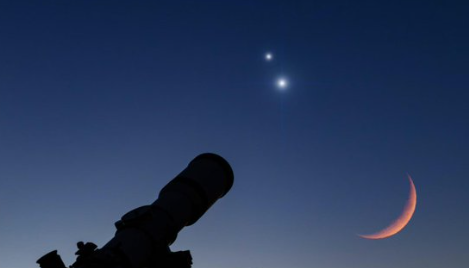“The Perseids are a beautiful reminder that the universe is in constant motion, and that even as we go about our daily lives, spectacular events are happening all around us in the cosmos.” – Neil deGrasse Tyson, Astrophysicist
The Perseids meteor shower, the most active and eagerly anticipated celestial event of the year, is still ongoing and will continue through tonight and into the weekend. Even though the peak of the shower occurred earlier this week, there is still plenty of activity to be seen through Friday night and beyond.
Perseid meteor shower rains ‘shooting stars’ over Stonehenge in glorious astrophotography image – https://t.co/D7ImPfBlY1
— Ken Gusler (@kgusler) August 17, 2024
This meteor shower is a result of Earth passing through the debris left by the Swift-Tuttle Comet. The tiny particles from the comet, known as the Perseids, light up the night sky as they enter Earth’s atmosphere. For those in dark areas away from city lights, the meteors are easily visible, especially when looking toward the northern sky.
Although the shower’s peak has passed, with around 75-100 meteors per hour at its height, mid-August still offers a chance to see about 50 meteors per hour. The best time to catch the Perseids is after midnight, when the sky is darkest.
Prepare for a cosmic spectacle in August! Witness a captivating supermoon, meteor showers, and aurora borealis. Don’t miss this celestial extravaganza! pic.twitter.com/crxvTrjQAn
— AlphaTech (@alphatech_ca) August 17, 2024
However, one factor that might impact viewing is the increasing moonlight as we approach a full moon on August 19. The brightness of the moon could make it harder to spot the meteors in the coming days. Fortunately, as the month progresses and the moonlight begins to wane, visibility should improve, allowing for better viewing opportunities as the shower continues until the end of August.
So, for those hoping to catch a glimpse of this annual spectacle, there’s still time to head out under the night sky and enjoy the show.
Quotes
- “Watching the Perseids is like watching the sky put on a firework show, where each meteor is a fleeting glimpse into the vastness of space.” – Bill Nye, Science Educator
- “The Perseids remind us of our place in the universe, as we witness the remnants of a comet that orbits the sun every 133 years, burning brightly for a brief moment in our atmosphere.” – Carl Sagan, Astronomer (paraphrased from his thoughts on cosmic events)
- “There’s something truly magical about lying under a dark sky, waiting for a meteor to streak across, knowing you’re watching a piece of cosmic history play out before your eyes.” – Anonymous Stargazer
- “The Perseids are not just a meteor shower; they are a connection to the ancient past and a glimpse into the workings of our solar system.” – Astronomical Society of the Pacific
Key Points:
i. The Perseids meteor shower, known as the most active of the year, continues through the weekend.
ii. Although the meteor shower peaked earlier in the week, around 50 meteors per hour can still be seen, especially after midnight.
iii. The Perseids are particles from the Swift-Tuttle Comet, visible in the northern sky in dark areas away from light pollution.
iv. The meteor shower will remain active until the end of the month, but increasing moonlight may make viewing more challenging as the full moon approaches on August 19.
v. After the full moon, moonlight will decrease, potentially improving visibility for the remaining days of the meteor shower.
Al Santana – Reprinted with permission of Whatfinger News



